
How To Make Rice Pudding on a Stovetop
Whether served as a delicious dessert or a hearty breakfast, rice pudding is a filling meal enjoyed around the world. With just five ingredients, you can make a rich and flavorful rice pudding recipe on your KitchenAid® cooktop. Read more to learn how to make your own rice pudding.
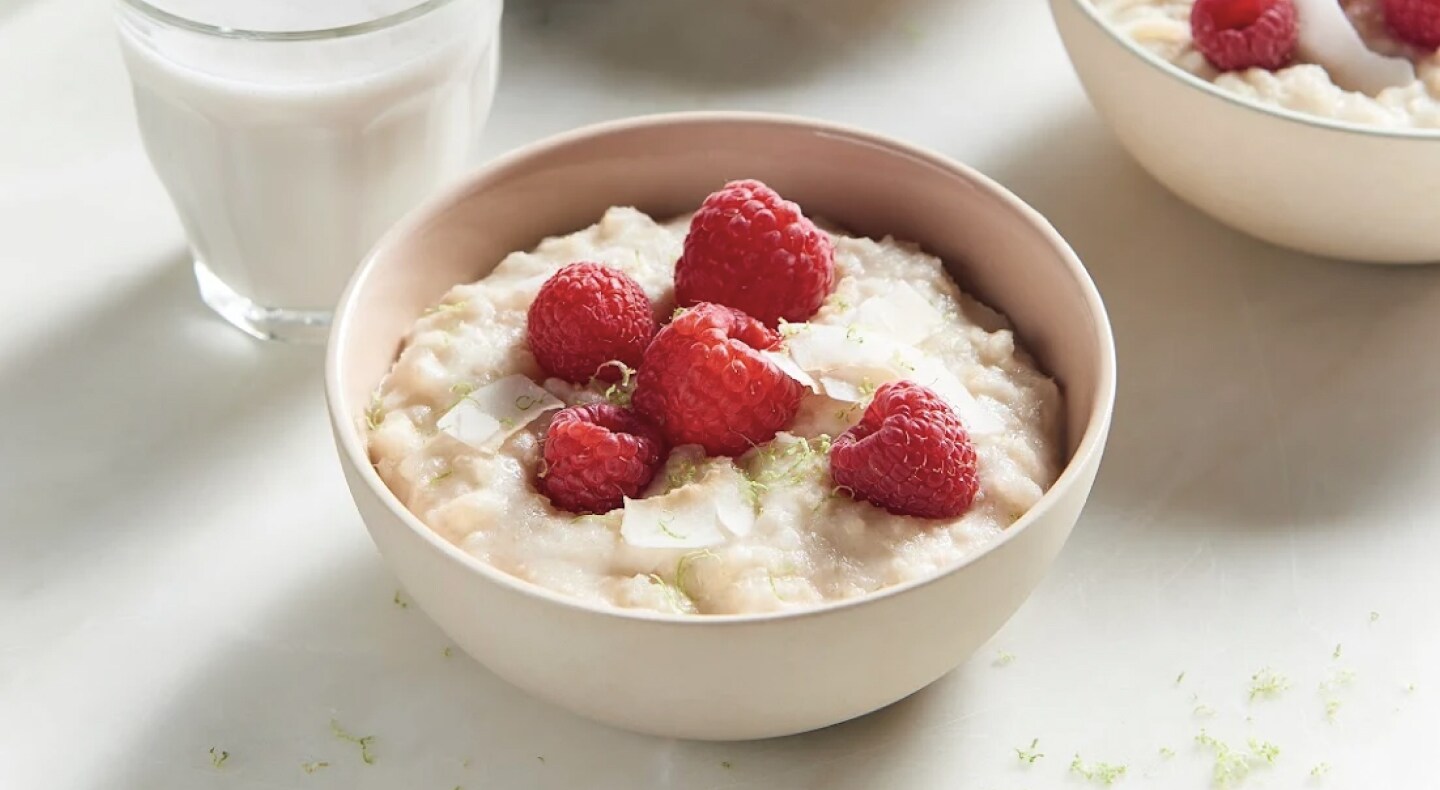
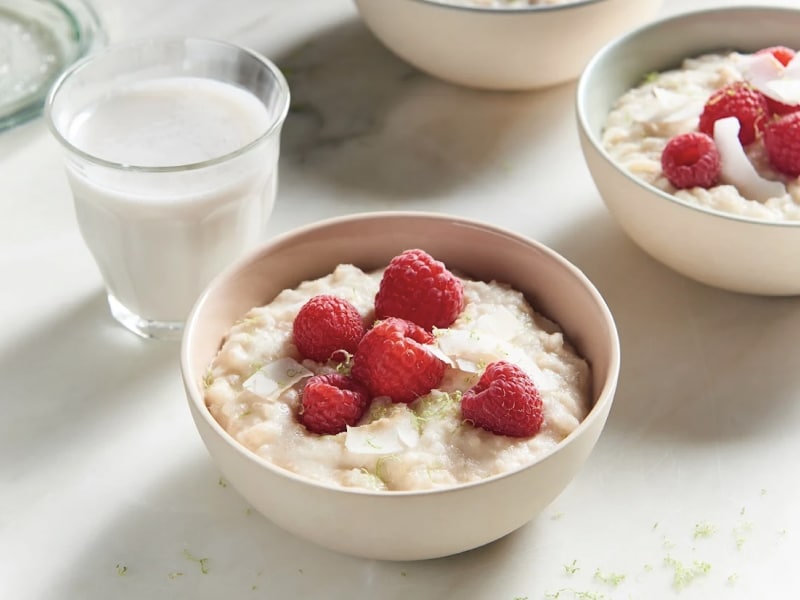
WHAT IS RICE PUDDING?
A global dish, rice pudding can be found in nearly every region of the world. Which variety of rice pudding you eat will depend on regional preferences of rice and the preparation of the dish. Traditional rice pudding is incredibly rich, though its creamy texture carries a surprising amount of sweetness with added spices and flavorings.
Global rice pudding variations also taste rich, creamy and sweet, including kheer (made from coconut milk and cardamom), biko (which uses coconut milk and coconut topping) and arroz con leche (created from evaporated milk, making this version of rice pudding even sweeter).
IS RICE PUDDING SERVED HOT OR COLD?
Depending on where you are in the world, rice pudding can be eaten cold or warm. In the United States, where rice pudding is traditionally served as a dessert, it is usually cold. Whereas in Sweden, for example, rice pudding is warmed and eaten for breakfast.
STOVETOP RICE PUDDING RECIPE
Cooking rice pudding is a simple process when approached with patience and a steady hand. Start by combining rice, liquids, sugar or other sweeteners or spices and salt, then pouring the mixture into a saucepan. Next, you will heat the ingredients and stir for about 40 minutes, depending on what type you’re making. Once the pudding has cooled, you will add vanilla extract or other delicate flavorings and serve.
Use this simple rice pudding recipe to learn the basics, then layer in your own favorite flavorings and experiment with textures by using different types of rice and cooking methods like steaming instead of simmering.
YIELDS
8 servings
INGREDIENTS
Rice
Milk
Sugar
Heavy cream
Salt
Vanilla bean
Cinnamon
TOOLS
Saucepan
PREP TIME
5 minutes
COOK TIME
40 minutes
TOTAL TIME
45 minutes
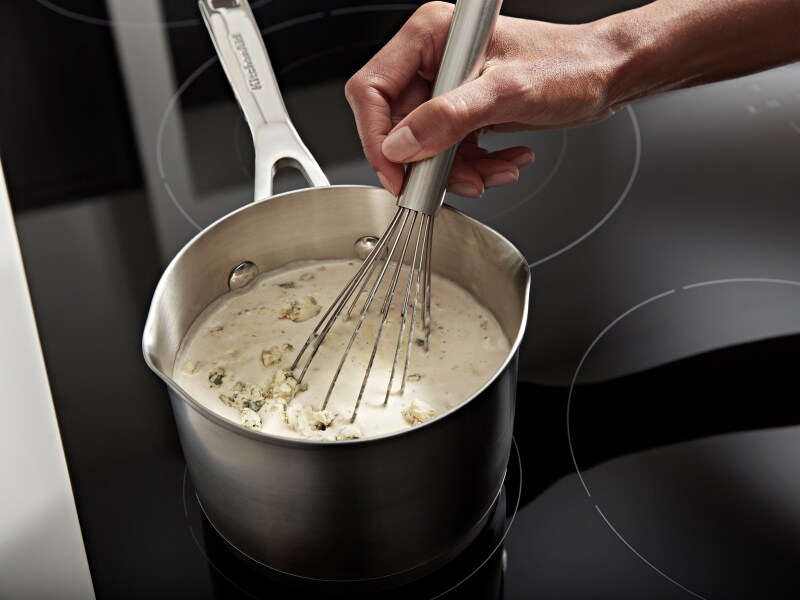
STEP 1: COMBINE INGREDIENTS
In a large saucepan, combine rice, milk, heavy cream, sugar and salt. Stir the saucepan until all of the ingredients are blended together.
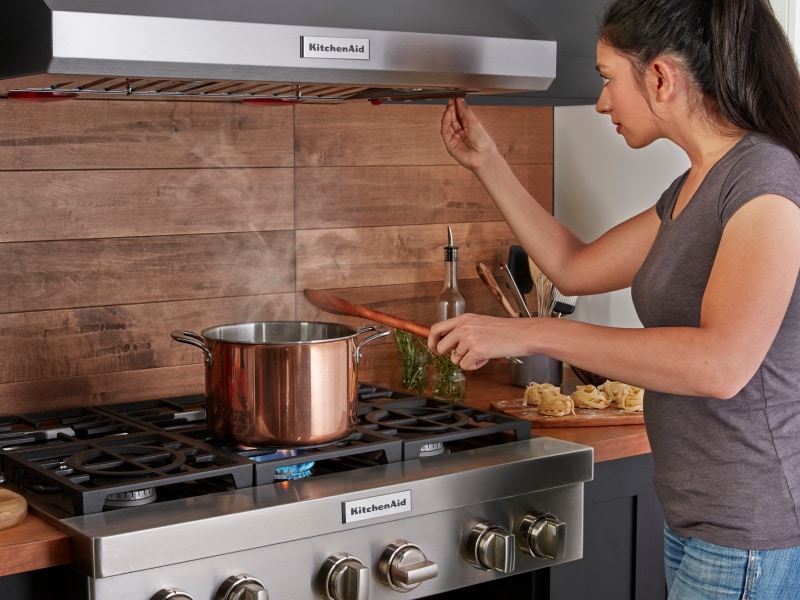
STEP 2: HEAT AND STIR PUDDING
Place the saucepan over a burner on your cooktop or range. Continue to stir the ingredients together while increasing the temperature of the burner to bring the mixture to a near-boiling temperature. Once the pan has heated, set the burner to low and continue to stir gently for about 40 minutes.
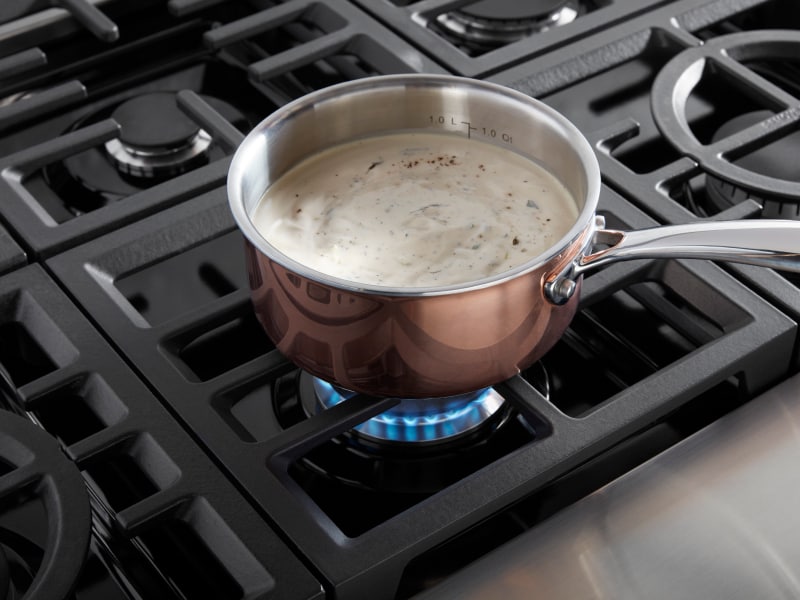
STEP 3: INSPECT PUDDING
At this point, you should remove your rice pudding from the burner and check to make sure that it has thickened. If cooked correctly, it will show the consistency of oatmeal. If it still seems too thin, place it back on the burner and continue to stir.
Tip on Excess Liquid
If your mixture contains excess liquid when you are finished stirring, don’t panic. Instead of draining the mixture, allow it sit to let the rice absorb the liquid as it cools.
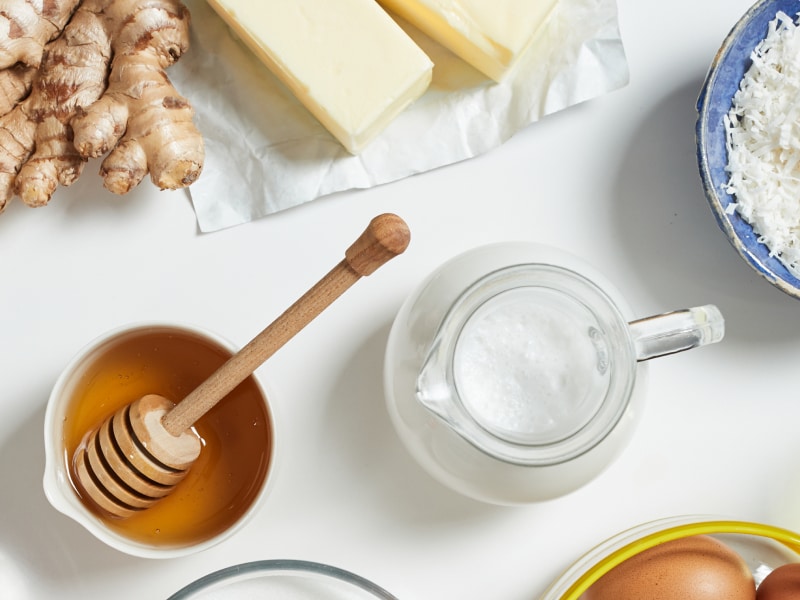
STEP 4: STIR IN FLAVORING
Now that your rice pudding has finished cooking, it is time to add the finishing touches. Take your vanilla extract (or your favorite rice pudding flavoring) and add it to the dish, stirring thoroughly for the flavoring to blend with the dish.
TIP ON SEASONING
If you’re looking to elevate your rice pudding beyond the usual dish, take a stick of cinnamon and grate the spice over your rice pudding to infuse additional flavor. Learn more about how to season rice.
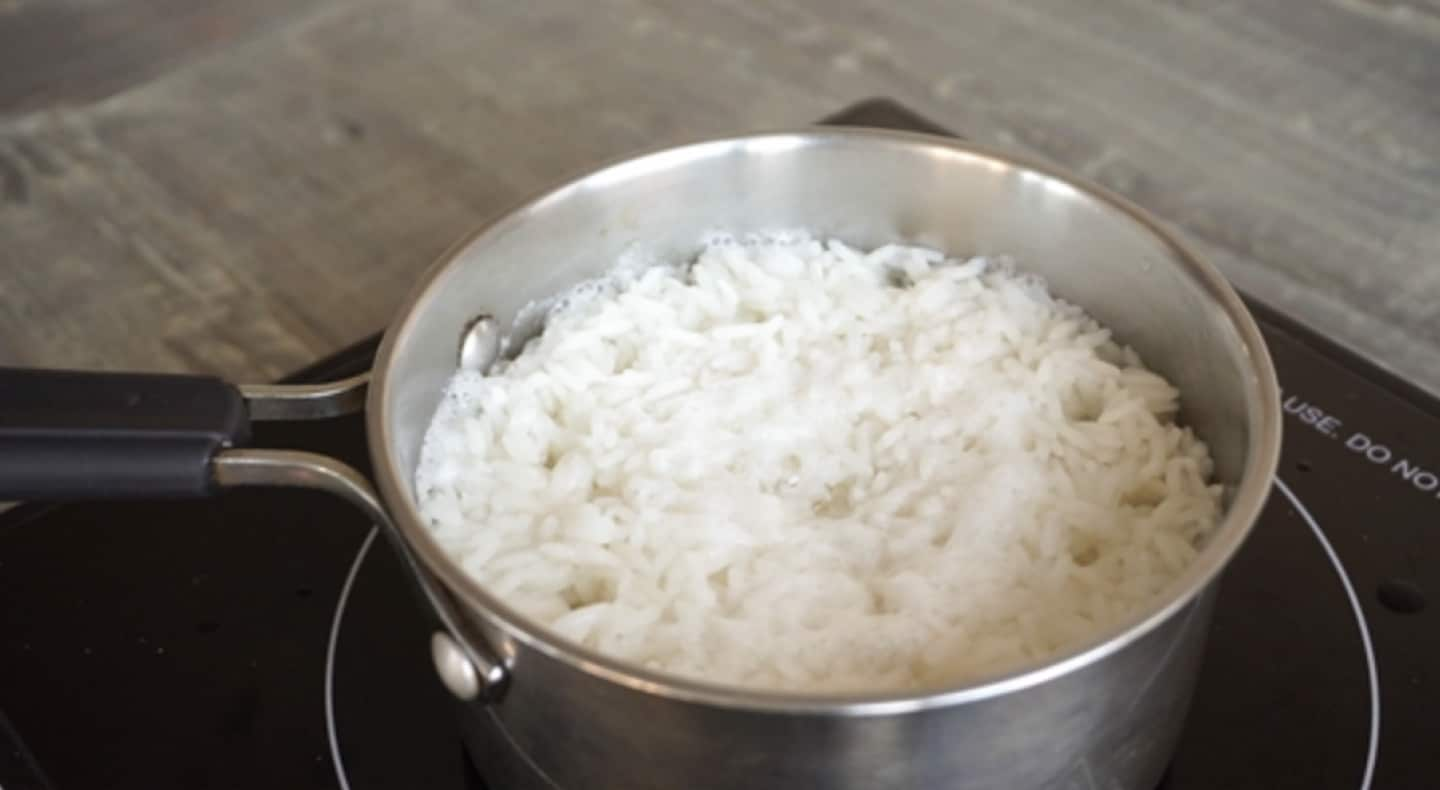
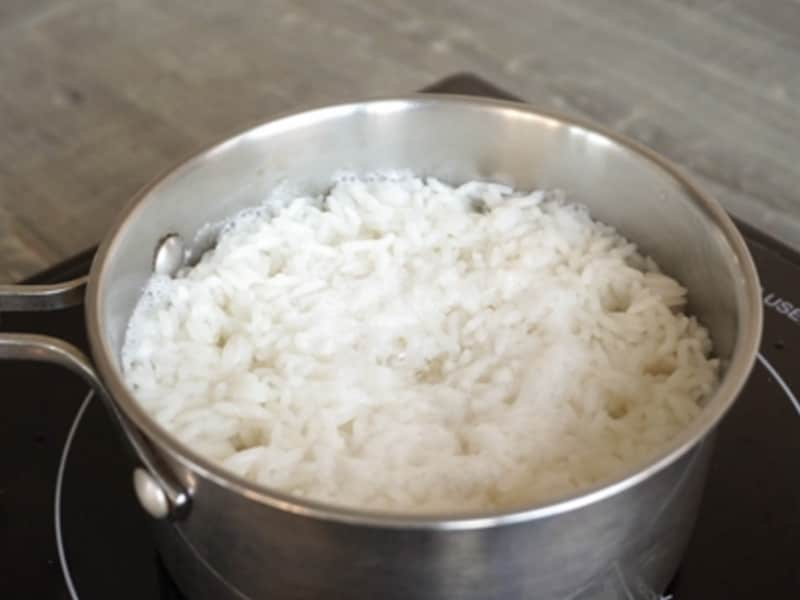
HOMEMADE RICE PUDDING TIPS AND FAQS
Homemade rice pudding is a versatile dish that can complement any meal. Read on to discover more tips and ways to enhance the flavor of this delicious treat.
WHAT RICE IS BEST FOR RICE PUDDING?
There are many opinions regarding what rice is best for rice pudding. Some claim short-grain rice is best due to its high-starch content, while others say long-grain rice, like jasmine rice, works just fine. The best answer is that you can use any type of rice provided your recipe adjusts for the length of the grain.
HOW DO YOU MAKE RICE PUDDING WITH COOKED RICE?
If you’re using cooked rice to make rice pudding and your recipe requires that it’s uncooked, you’ll need to convert the measurement to balance the flavor. The conversion is one cup of uncooked rice to about three cups of cooked rice.
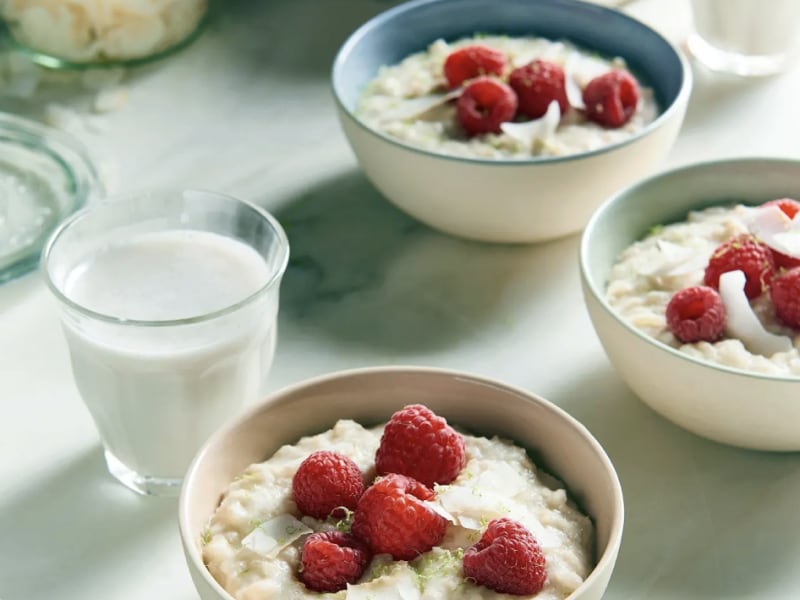
CAN YOU USE LEFTOVER RICE FOR RICE PUDDING?
You can use leftover rice to make rice pudding. If you’re following a recipe that calls for uncooked rice, keep in mind that one cup of uncooked equals around three cups of cooked rice. Leftover rice can be used in a variety of rice dishes, including a mouthwatering lime coconut rice porridge.
HOW DO YOU MAKE RICE PUDDING IN A MICROWAVE?
When making rice pudding in a microwave, add your rice, milk and seasonings to the base of a steamer vessel. Select the Sensor Steam Cycle if using a KitchenAid® microwave and choose the rice setting. If you’re using cooked rice, add the seasonings to your rice and microwave on 80% or Level 8 power until cooked through.
Select KitchenAid® microwaves have innovative features like the Sensor Steam Cycle that help you make healthy and delicious meals with ease.
HOW DO YOU MAKE RICE PUDDING IN A RICE COOKER?
To make rice pudding, simply add the rice to your rice cooker and stir in the milk and other ingredients. Then select the Rice cycle. You may want to allow the rice pudding to cool to room temperature at the end of the cycle.
WHAT THICKENS RICE PUDDING?
For many recipes, what thickens rice pudding is the reaction of the starch content of the rice combined with milk when heated. However, some rice pudding recipes call for an explicit thickening agent such as eggs or cornstarch, which create a denser mixture.
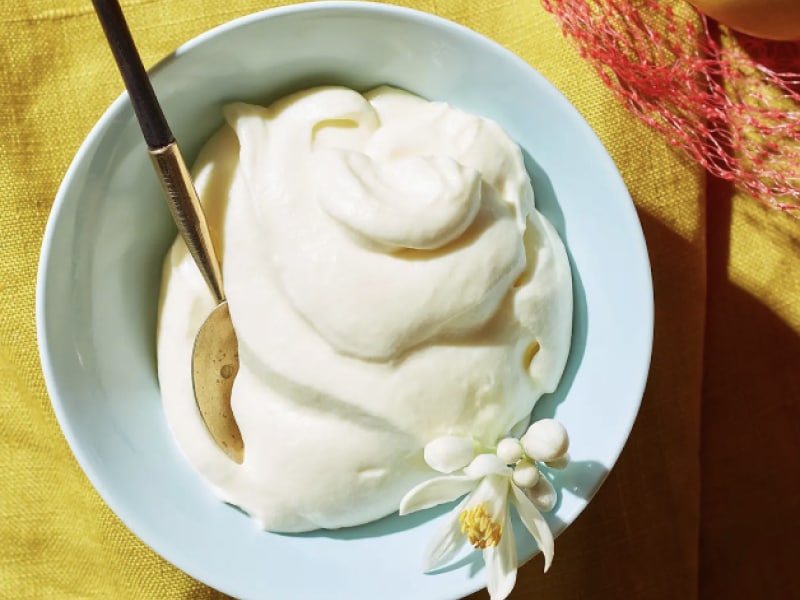
WHAT ARE RICE PUDDING TOPPINGS AND FLAVORS?
You can get creative with flavors as rice pudding can be a base for culinary exploration. Consider topping it with fruit, like berries or bananas. Try it with whipped cream, chopped nuts, dried fruit, chocolate chips or coconut flakes. Flavor rice pudding with mango curd or a dollop of lemon mousse.
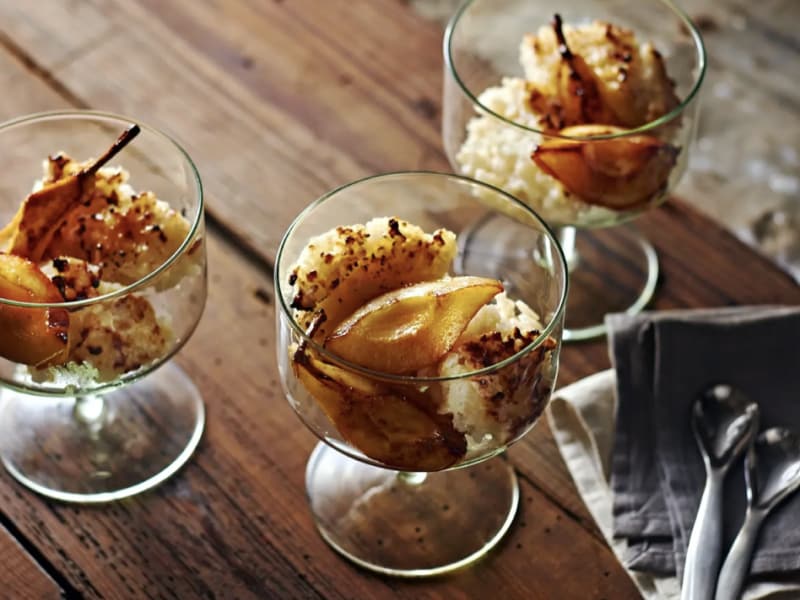
WHAT CAN YOU SERVE WITH RICE PUDDING?
You can serve it with caramelized pears, strawberry jam or blueberry blackberry jelly to enhance the flavor. Drizzle it with a pear caramel sauce or apple compote. Rice pudding goes well with a well-crafted cup of coffee, rich espresso, creamy frappe, cold brew tea or a fancy mocktail.
HOW LONG DOES HOMEMADE RICE PUDDING LAST?
When stored in an airtight storage container, homemade rice pudding can usually last for 3 to 4 days in the refrigerator.
CAN YOU FREEZE RICE PUDDING?
Due to the ingredients used to make rice pudding, freezing the dish may alter its taste upon thawing. Instead of placing your rice pudding into long-term storage, try your hand at new recipes that utilize leftover rice pudding. One example is adding eggs, flour and lemon zest to the rice pudding and frying it in a pan to create a unique and hearty pancake.
Shop the latest deals on select KitchenAid major appliances Shop Now

SHOP KITCHENAID® COOKTOPS AND RANGES
Cooking the best dishes means using the best tools for your making style. Designed with the maker in mind, select KitchenAid® cooktops carry features like the 20,000 BTU Ultra Power™ Dual-Flame Burner, so you can reach the temperatures you need for nearly any technique while offering a simmer/melt burner to keep your rice pudding warm.
